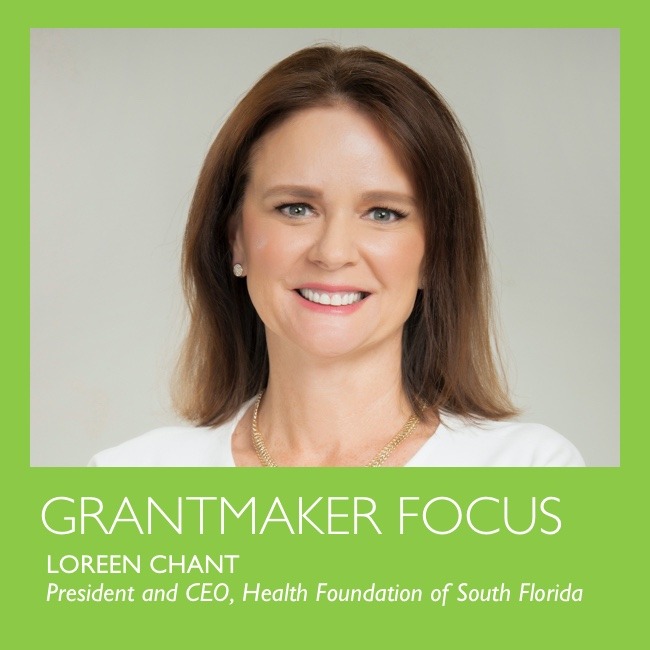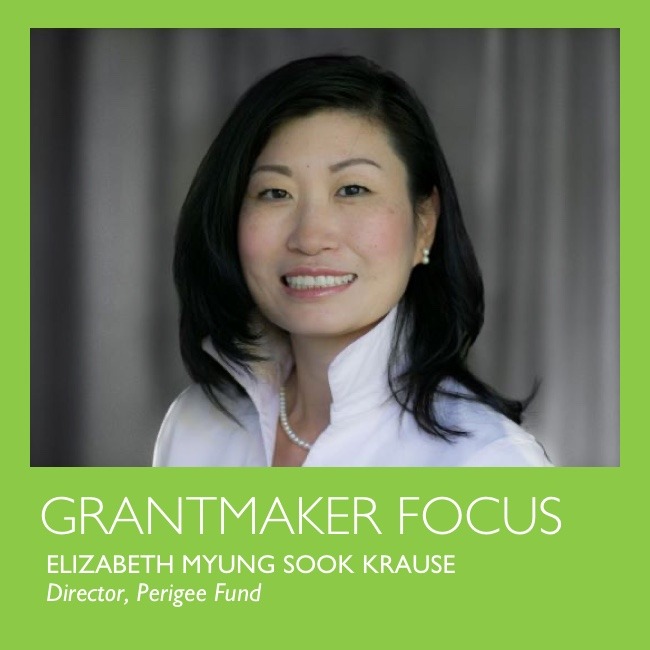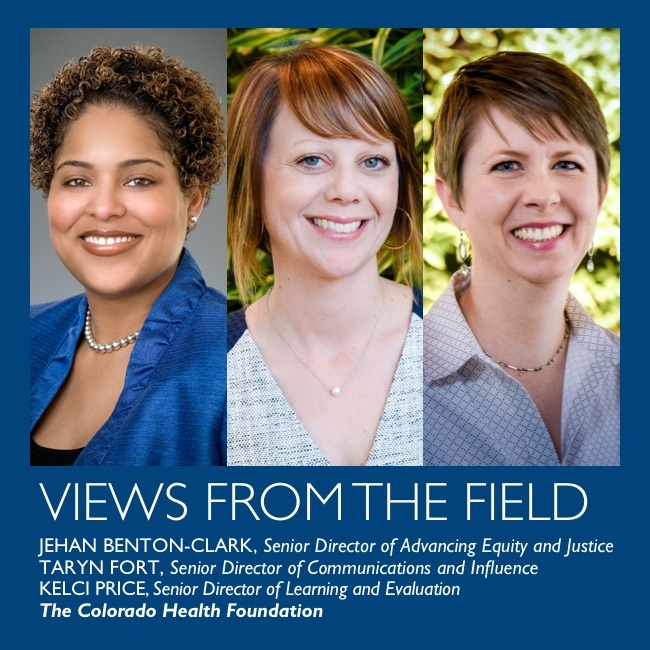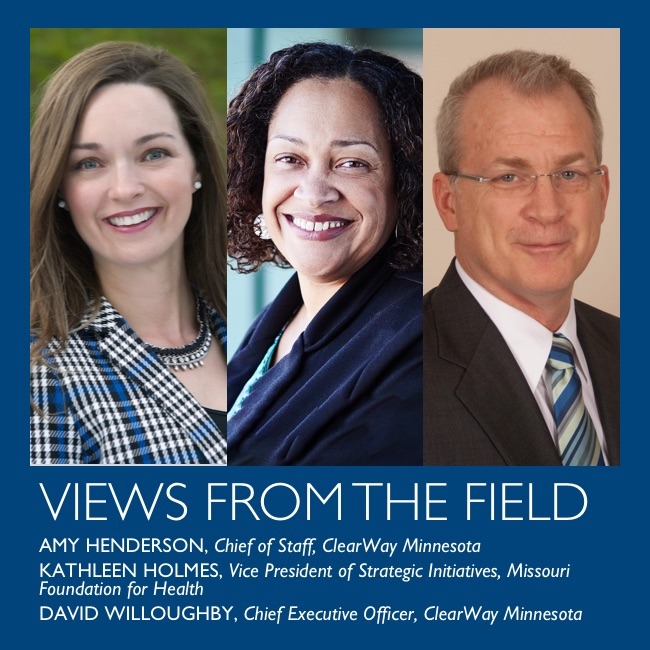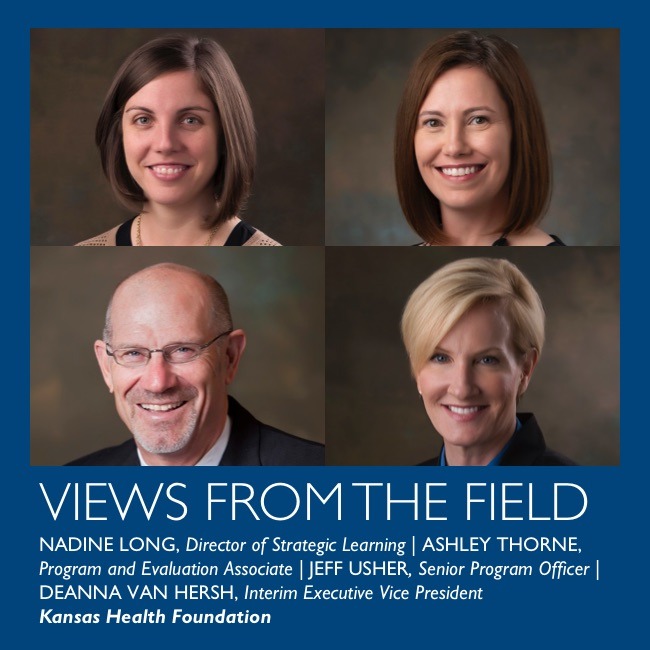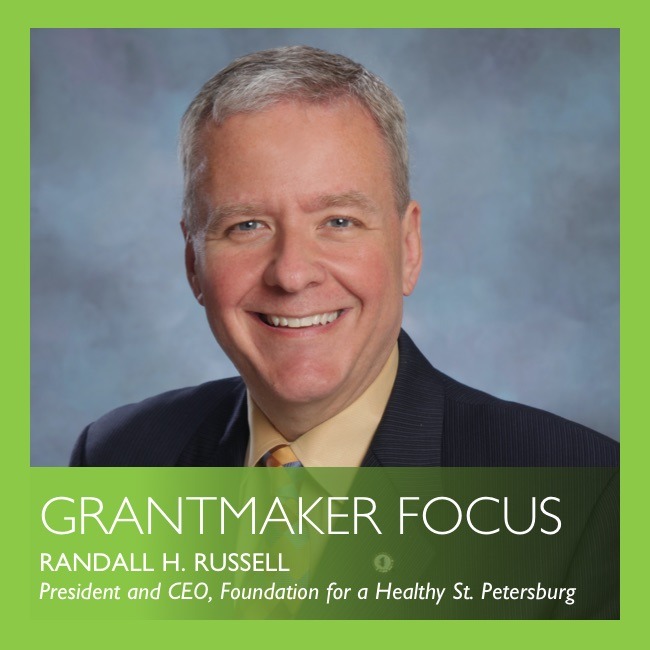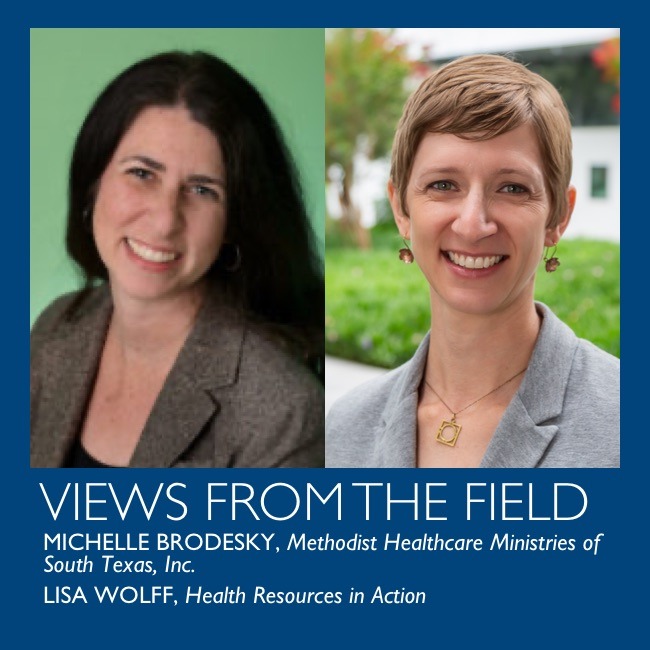Health Foundation of South Florida
Our agenda is bold and ambitious. It calls for us to address the entrenched systems that too often—as was so painfully exposed in 2020— act as barriers to health. Our strategy calls for us to reach out and bring together our fellow leaders and neighbors from across South Florida because we know that’s the only way to truly make a difference. Above all, because we’re not looking to bring solutions to communities. We’re looking for communities to bring solutions to life
COVID-19 Philanthropy: Measuring One Year of Giving
This webinar highlighted key findings from a new report by the Center for Disaster Philanthropy (CDP) and Candid. An update of Philanthropy and COVID-19 in the First Half of 2020, it examines how much funders gave, who they gave to, and what issues they supported.
Perigee Fund
What’s exhilarating about being a new and nimble funder is that we are not entrenched in outdated philanthropic ways. Each day we build toward our values and aspirations with our practices.
Investing in Change: Advocacy Strategies for Funders
Access this on-demand webinar to learn the dos and don’t of policy engagement for health philanthropies.
Maximizing Impact in a Limited Time: Time-Limited Programs and Foundations
Some foundations institute time-limited initiatives to maximize resources. Others adopt a spend-down approach to have impact within a short organizational lifespan. Both situations provide opportunity for a health-focused foundation to accomplish goals with urgency, but pose the challenge of doing so without the luxury of time. ClearWay Minnesota and Missouri Foundation for Health have embraced strategic and tactical advantages of being life-limited and having time-limited programs, respectively, to address persistent health issues.
Growing Local Philanthropy to Improve Health
Community foundations are often in the best position to bring partners together, across sectors and geographies, and to tackle the complex set of issues facing their residents. They represent a network that can serve as a powerful force, including to improve health outcomes. Recognizing this, Kansas Health Foundation launched the Giving Resources to Our World Initiative with the goal of strengthening local philanthropy in communities across Kansas.
Foundation for a Healthy St. Petersburg
Data from across our county tell us that stress, disease, and other repercussions of discrimination take their toll on the health of Black people at an alarming rate. That is why the Foundation for a Healthy St. Petersburg prioritizes race equity as we pursue health equity to improve population health. This necessitates working with our community to challenge the status quo and confront systems that perpetuate inequality and reinforce advantages and disadvantages along racial lines. It is relentless, slow work but necessary to create the lasting change residents deserve. We are and will be community-led by listening deeply for lived experience and solutions from the community.
Can We Have It All? Balancing Key Factors in Evaluating a Grant Portfolio
Like many funding organizations, Methodist Healthcare Ministries of South Texas, Inc., has been on a journey to incorporate strategic evaluation into its grantmaking, and in 2019, completed an ambitious suite of impact evaluations. The evaluation had multiple aims, including: determining the portfolio’s impact; examining the impact of each intervention via program-level studies; and supporting grantees’ use of and capacity to engage in these and future evaluations.

